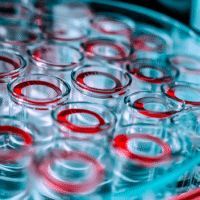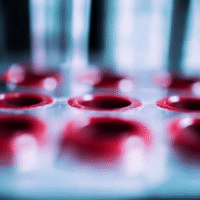Understanding the IMAGINE Trial Results
The IMAGINE trial aimed to test a new way to help teenagers dealing with depression in schools. This trial is important because it focuses on getting help to young people before their problems become worse.
What Is the IMAGINE Intervention?
IMAGINE is a brief program designed to improve how adolescents think about their feelings and future. It helps them deal with negative thoughts and encourages positive thinking. This program was created after seeing how similar methods worked well for adults.
What Happened in the Trial?
Key Details:
- 160 teenagers aged 16 to 18 with symptoms of depression took part.
- Participants were divided into two groups: one group received the IMAGINE program, and the other got a standard support program called non-directive support (NDS).
- Assessments were done at different times: at the start, and again 8, 16, and 24 weeks later.
What Worked?
The primary goal was to see if IMAGINE could reduce depression symptoms compared to the NDS after 8 weeks. If it shows positive results in further follow-ups (16 and 24 weeks), this could mean that IMAGINE is effective in helping teens manage their depression.
Why Does This Matter for Patients and Clinics?
If IMAGINE proves to be safe and effective, it could greatly increase the options available for treating adolescent depression. This means more teenagers can get the help they need early on in schools, which may prevent long-term issues.
Real-World Opportunities for Clinics
- Schools can implement the IMAGINE program, providing support directly where students spend most of their time.
- Clinics can collaborate with schools to offer this intervention to students, making it easier for them to access help.
- Training staff in schools on how to use IMAGINE can empower them to support students emotionally.
Measurable Outcomes for Clinics
Clinics should track:
- Changes in depression symptoms among participating teens.
- Long-term effects at 16 and 24 weeks.
- How well students accept and stick to the IMAGINE program.
AI Tools That Could Help
Clinics might look into AI programs that assist with:
- Tracking patients’ mood and progress over time.
- Providing online resources and support systems for teens.
Step-by-Step Plan for Clinics to Apply These Findings
- Start Small: Begin by offering the IMAGINE program in a few schools.
- Train Staff: Educate school staff on how to deliver the program.
- Collect Data: Monitor how well the program works by tracking students’ progress.
- Expand Gradually: Once initial results are positive, consider expanding the program to more schools.
For more information about this research, you can find it at this link: IMAGINE Research Study.




























